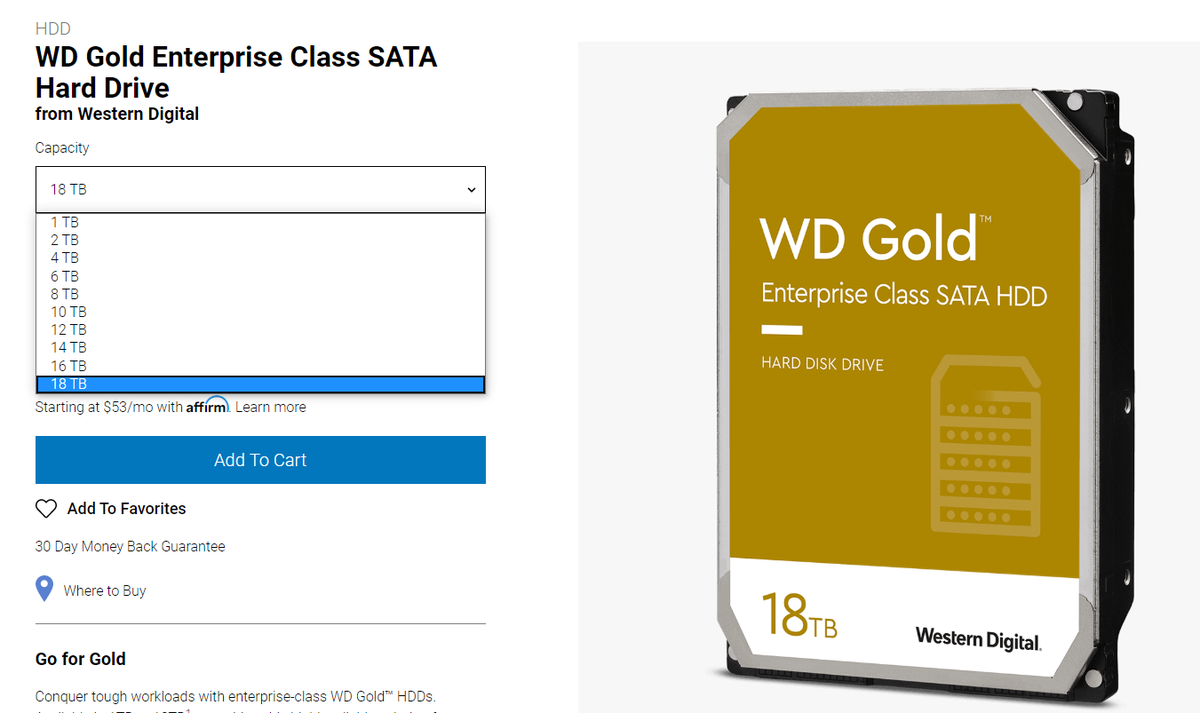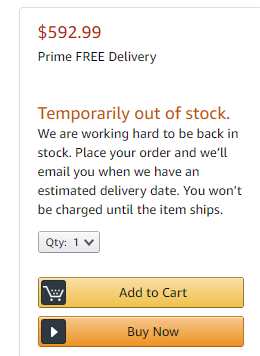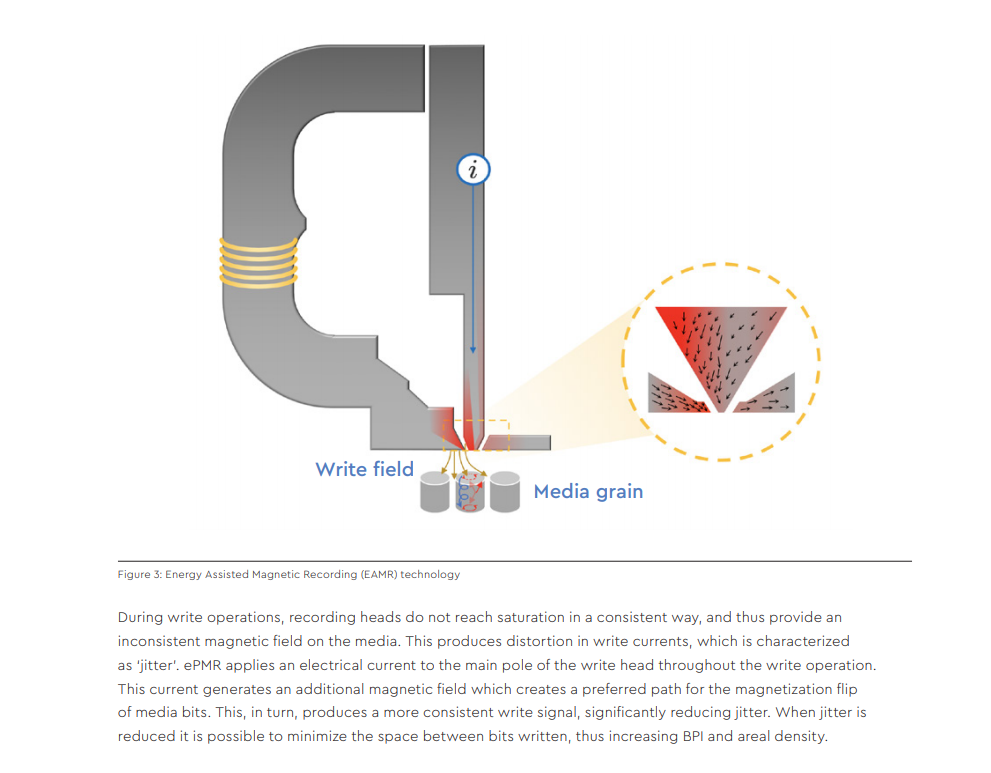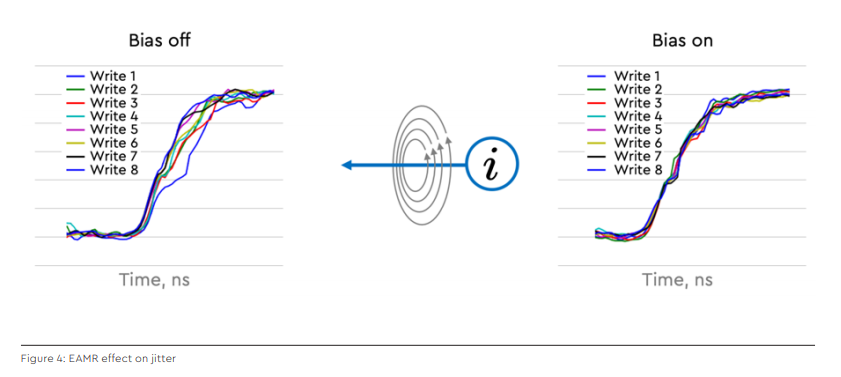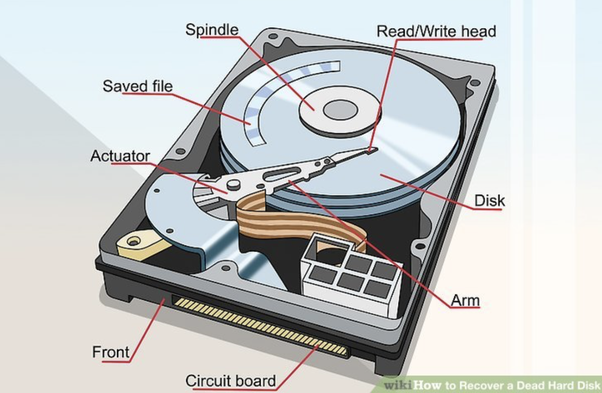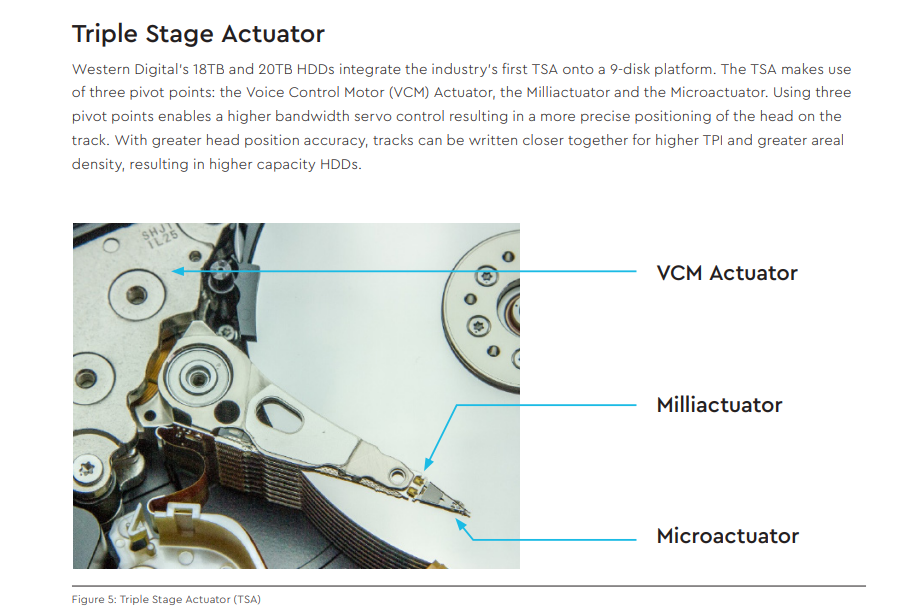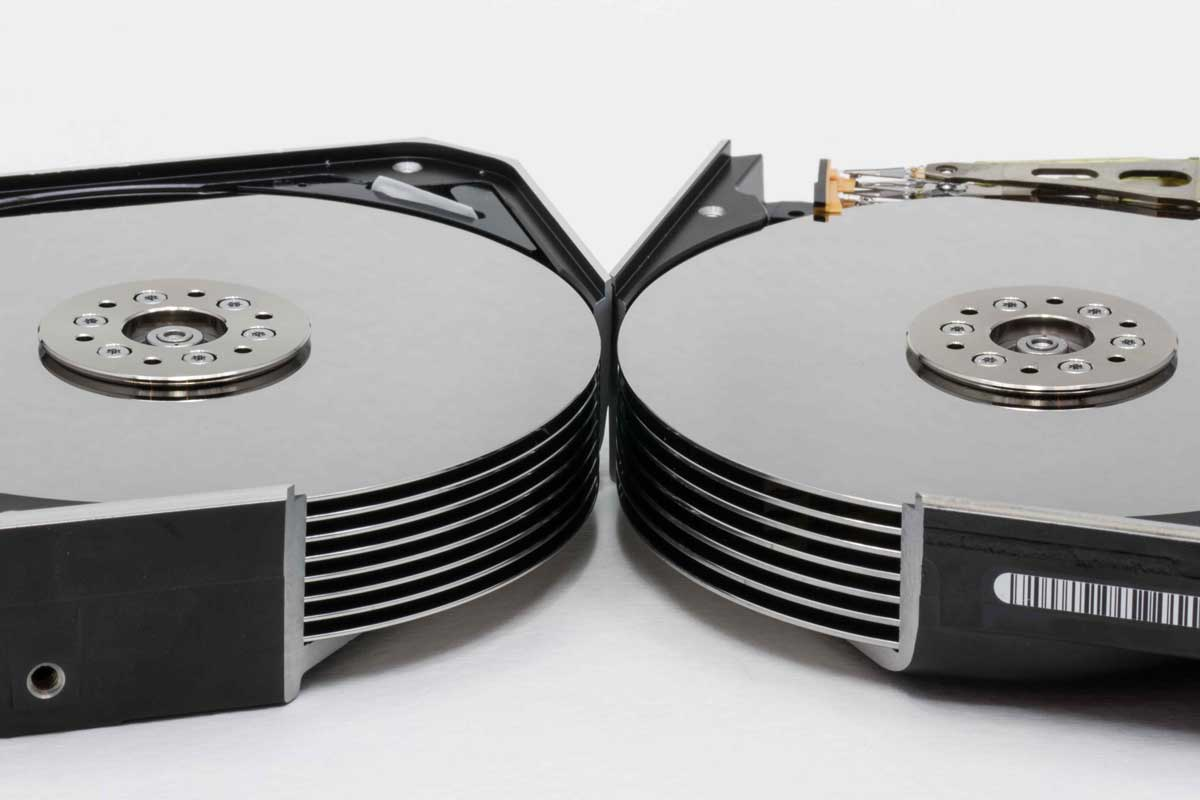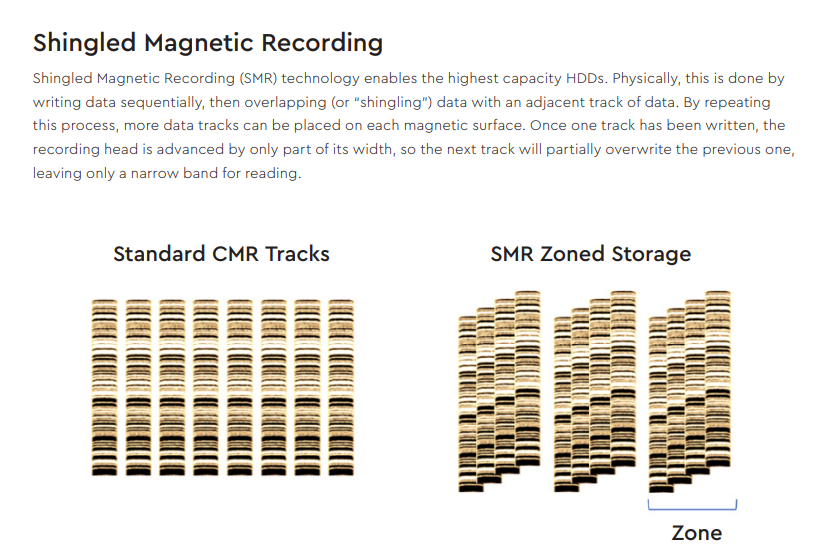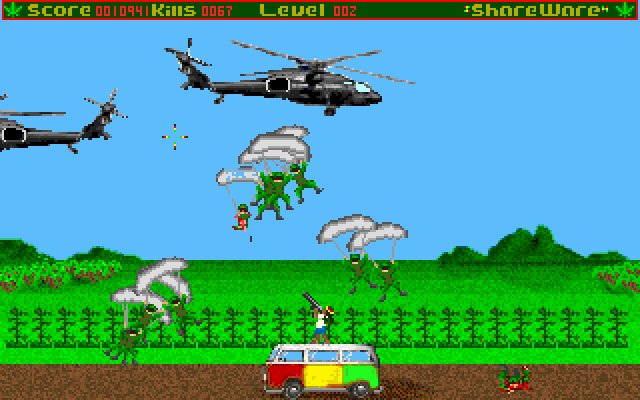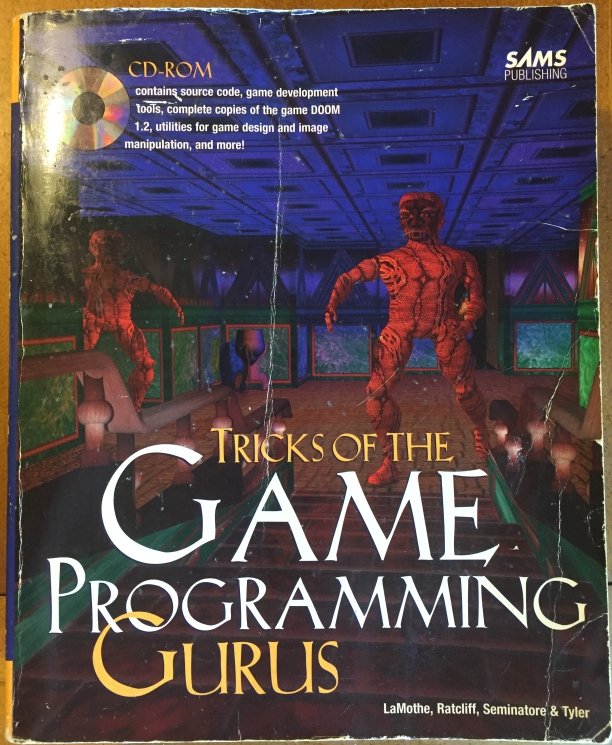it& #39;s cool when you see an article saying "Western Digital releases new 18TB & 20TB EAMR drives!" and yet everywhere you can go to buy such things only has the 18TB drives. WHY DID YOU LIE TO ME
I& #39;m gonna buy a 20TB drive and put it in my IBM 5150.
it& #39;s only got 16kb of RAM and doesn& #39;t support hard drives, but don& #39;t worry, I& #39;ll make it work.
it& #39;s only got 16kb of RAM and doesn& #39;t support hard drives, but don& #39;t worry, I& #39;ll make it work.
I& #39;m gonna use a USB to SATA adapter and plug it into a Gotek floppy emulator.
so I& #39;ll just have 61,035,156 floppy images
disk #289,230 is good. it& #39;s a romhack (diskimagehack?) of paratrooper where they changed the soldier sprites to the weed flag
takes a long time to get to, though.
you just gotta push the NEXT button a large number of times.
you just gotta push the NEXT button a large number of times.
gonna hide my CGA porn on disk 17,629,234.
Mom will never find it!
Mom will never find it!
So these are EAMR drives.
Energy-Assisted Magnetic Recording!
This is another form of the HAMR/MAMR series of drive technologies.
Energy-Assisted Magnetic Recording!
This is another form of the HAMR/MAMR series of drive technologies.
These are all technologies that do the same sort of trick to improve drive densities: they heat up the disk while writing to it. The way magnetic material works, you have to have high coercivity to have high density (coercivity being the ability to resist magnetic fields)
but higher coercivity means it& #39;s harder to actually write to the disk. so you have a inherent density/writability tradeoff.
Technologies like HAMR take advantage of coercivity changes that happen when you heat the magnetic material
Technologies like HAMR take advantage of coercivity changes that happen when you heat the magnetic material
so the idea is that you can use higher-coercivity materials, then when the drive head needs to write, it heats up the part of the disk it wants to write to, the coercivity goes down, then it can successfully write it.
so Seagate has been working on this for a long while with commercial releases of HAMR drives originally planned last year and delayed until (hopefully) later this year.
Their version of HAMR uses a laser inside the drive (attached to the write head!) to heat up the surface
Their version of HAMR uses a laser inside the drive (attached to the write head!) to heat up the surface
Western Digital (aka The Other Big Hard Drive Maker, as we basically only have three of them now: Toshiba is the 3rd) has instead been working on MAMR, which is arguably technically a form of HAMR but they gave it a different name for branding reasons.
WD& #39;s tech is Microwave-Assisted Magnetic Recording.
They& #39;re using a spin-torque oscillator in the drive head to emit microwaves in the 15-20 gigahertz range to wobble the magnetic grains of the disk, warming them up enough to be easier to write.
They& #39;re using a spin-torque oscillator in the drive head to emit microwaves in the 15-20 gigahertz range to wobble the magnetic grains of the disk, warming them up enough to be easier to write.
WD isn& #39;t expecting to ship any MAMR drives until next year at earliest, so right now HAMR and MAMR are both technologies that fit in the "clearly being heavily worked on and are supposedly very close but aren& #39;t on the shelves yet" camp.
So the above drive is EAMR, though, and I can hit BUY IT NOW on amazon and supposedly get it by friday... or at least I could if they weren& #39;t out of stock. huh.
So EAMR isn& #39;t a heating-the-disk technology, it& #39;s instead changing how they power the write head, so that they generate an additional magnetic field that creates a more consistent write signal, apparently.
I think the idea is that this decreases the jitter of writes, so they can put bits closer together as there& #39;s more accuracy, as they& #39;re not going to risk overlapping as much.
that info comes from this WD tech brief:
https://documents.westerndigital.com/content/dam/doc-library/en_us/assets/public/western-digital/collateral/tech-brief/technical-brief-continuous-innovation.pdf">https://documents.westerndigital.com/content/d...
https://documents.westerndigital.com/content/dam/doc-library/en_us/assets/public/western-digital/collateral/tech-brief/technical-brief-continuous-innovation.pdf">https://documents.westerndigital.com/content/d...
They& #39;re also using a TRIPLE STAGE ACTUATOR, which sounds like something that would have to be activated when you& #39;re powering up your giant robot.
The actuator is the device that moves the drive head across the surface of the disk:
The actuator is the device that moves the drive head across the surface of the disk:
They& #39;ve built a system where the main actuator does the gross positioning, then there& #39;s a milliactuator which does precise positioning, then they& #39;ve got a microactuator on the head to do EVEN MORE PRECISE positioning.
The other tech the drive is using are more mundane:
It& #39;s a helium-filled drive, as helium is less dense and creates less turbulence.
Apparently the main way this affects density is that it lets them put more platters into the drive case:
It& #39;s a helium-filled drive, as helium is less dense and creates less turbulence.
Apparently the main way this affects density is that it lets them put more platters into the drive case:
and it& #39;s also using the (much-maligned) SMR: Shingled Magnetic Recording. The idea is that you overlap your tracks (like roof shingles) so that you can put them closer together.
this works to put more data on the disk because you can read much more accurately than you can write, so by shingling the tracks you can get a smaller effective track width, at the expense of not being able to rewrite a track individually.
since if you& #39;re trying to rewrite a single track parts part of a shingled zone, you have to rewrite the other tracks in the zone at the same time. You basically have to treat the drive a bunch of bundled tracks which have to be redone all at once, instead of individual sectors
So SMR drives have to be treated differently than non-shingled drives (technically called PMR: Perpendicular Magnetic Recording) but there& #39;s different ways to approach this:
The drive can handle all the SMR stuff and leave the host unaware, or the host can manage it
The drive can handle all the SMR stuff and leave the host unaware, or the host can manage it
most of these drives are device-managed, where the drive handles all the SMR stuff for the host:
Part of the drive is PMR, and is used as a huge write cache, and then data is later moved to the SMR zones.
Part of the drive is PMR, and is used as a huge write cache, and then data is later moved to the SMR zones.
under most workloads, this& #39;ll seem to just magically give you higher density with only minor slowdown and some extra drive activity. which is great!
unfortunately, "most" is not "all"
unfortunately, "most" is not "all"
which is why SMR is "much-maligned": SMR drives can have really really bad performance when part of a RAID array that& #39;s rebuilding. This often involves rewriting the entire disk at once, and that& #39;s where this on-disk cache scheme fails down spectacularly
what happens in practice is that the disk gets the entire PMR cache filled up, so it has to then empty it by writing it out.
So the host controller sees a drive that& #39;s writing out just fine and then suddenly appears to just hang up on the next write, taking far longer to write
So the host controller sees a drive that& #39;s writing out just fine and then suddenly appears to just hang up on the next write, taking far longer to write
and by "far longer" that can sometimes mean MINUTES.
so sometimes the host controller will go "whelp, that drive just failed! SOUND ALL THE ALARMS!"
so sometimes the host controller will go "whelp, that drive just failed! SOUND ALL THE ALARMS!"
And there have been accusations that some drive companies might have (does this sentence sound like it was written by a lawyer? it should) been selling SMR drives without labeling them as such, causing confusion and difficulty for some users.
But most of these problems are really just caused by the device trying to manage the SMR entirely on its own.
There& #39;s two other ways to manage SMR, and they should cause fewer problems:
Host Managed
and
Host Aware
There& #39;s two other ways to manage SMR, and they should cause fewer problems:
Host Managed
and
Host Aware
Host Aware is simpler to explain so I& #39;ll do it first: It& #39;s basically just Device Managed but the host knows it& #39;s shingled (it can just ask) and it can query the cache fill levels.
The idea is that the host can then modify how it& #39;s writing to maximize performance
The idea is that the host can then modify how it& #39;s writing to maximize performance
although for a full raid rebuild it& #39;s still going to take the same length, it& #39;s just that the host will definitely understand WHY it& #39;s taking so long and when the pauses will happen, so it& #39;ll at least not freak out that the drive just went to lunch.
Host managed, on the other hand, requires the host to manage the SMR, which means that it has to write to zones sequentially and in the right track order.
The drive will just go "NOPE, CAN& #39;T WRITE THERE!" if the host tries to violate the ordering.
The drive will just go "NOPE, CAN& #39;T WRITE THERE!" if the host tries to violate the ordering.
So in theory a fully host-managed drive could be paired with a controller/software that understands how the drive is SMR and do the rebuild in the right order so that you& #39;d basically get full (PMR-style) performance by just rebuilding it correctly
Whoops, I thing I just myself got confused by this:
"This" drive isn& #39;t SMR, but it depends what you mean by "This" drive
"This" drive isn& #39;t SMR, but it depends what you mean by "This" drive
So the WD Gold I showed on amazon is not an SMR drive.
It& #39;s confusingly listed as "Enterprise-class" but it& #39;s a WD Gold and WD says all the WD Golds are not SMR.
So the 16tb and 18tb WD Golds are non-SMR.
It& #39;s confusingly listed as "Enterprise-class" but it& #39;s a WD Gold and WD says all the WD Golds are not SMR.
So the 16tb and 18tb WD Golds are non-SMR.
If they were SMR, they& #39;d be device-managed (or possibly device-aware) SMR.
But the 20tb drive (the one I was complaining about not being able to find) is a 20tb Ultrastar, and that one IS an SMR drive, and it& #39;s host managed.
But the 20tb drive (the one I was complaining about not being able to find) is a 20tb Ultrastar, and that one IS an SMR drive, and it& #39;s host managed.
the idea is that a 20tb Ultrastar is definitely an enterprise drive and it& #39;s only going to be used in Big Servers which are going to definitely have the right controllers and software to handle the host-manage SMR and therefore get maximum performance out of it.
if you were able to get one and stuck it in your home PC (or, like I joked, my IBM 5150), it would probably just not work.
Anyway I finally figured out why I can& #39;t find the 20tb drive:
It& #39;s currently undergoing "production sampling to select customers" and won& #39;t be open to the general public until next quarter.
It& #39;s currently undergoing "production sampling to select customers" and won& #39;t be open to the general public until next quarter.
that presumably means that if you& #39;re Google or Amazon or Insert Other Large Cloud Storage Vendor Here, you& #39;ve already ordered a couple thousand, but everyone else has to wait.
anyway here& #39;s the article with the VERY MISLEADING HEADLINE that implies 20tb drives are available, when they& #39;re not yet, unless your name is Google or whatever: https://arstechnica.com/gadgets/2020/07/western-digital-releases-new-18tb-20tb-eamr-drives/">https://arstechnica.com/gadgets/2...
Anyway, my completely personal opinion is that SMR is a perfectly fine storage technology that& #39;s a good idea and will be perfectly fine eventually: it just got mismanaged in the early stages and that caused problems.
in the long run we& #39;ll have host-aware or host-managed SMR drives and those will work fine for Normal Uses and just fine for the rare RAID rebuilds.
It& #39;s only device-managed which can cause terrible performance problems in RAID rebuild situations, made far worse if you don& #39;t KNOW your drive is SMR.
which naturally is exactly what happened.
which naturally is exactly what happened.
but device-managed makes the most sense for SMR at first: no SMR drives existed so nothing supported them, so they made SMR drives act like PMR drives so that they& #39;d work (on, you know, anything)
and it seems like that was fine for most workloads (since it& #39;s exceptionally rare to rewrite your entire drive at once!) but the issues with labeling which drives were SMR meant that they ended up getting used in RAID arrays where they& #39;d fall over
which is naturally going to leave a bad taste in the mouths of consumers and unfortunately exactly the users who& #39;d run into this problem were all the technical ones building their big storage arrays at home
So it& #39;s one of those fun technologies that is mainly known about because it showed up and then pissed off a bunch of technical users, which isn& #39;t the best foot to start on.
BTW, the joke about a weed-paratrooper? that& #39;s based on a real game:
GANJA FARMER, a DOS paratrooper clone by EvilX Systems.
GANJA FARMER, a DOS paratrooper clone by EvilX Systems.
It was published by Xtreme Games, the publishing company of André LaMothe, who wrote a bunch of game development books and designed some homebrew consoles.
Ganja Farmer is supposedly playable on the internet archive but it& #39;s taking forever to load for me. It might be too late-MSDOS to run in their emulation:
https://archive.org/details/msdos_Ganja_Farmer_1998">https://archive.org/details/m...
https://archive.org/details/msdos_Ganja_Farmer_1998">https://archive.org/details/m...
and if you read that whole thread and liked it, feel free to give me a dollar or two so I can buy more hard drives and make threads about them: https://ko-fi.com/fooneturing ">https://ko-fi.com/fooneturi...
or set up a monthly donation on patreon so I can finally build my 20tb IBM 5150 PC https://www.patreon.com/foone ">https://www.patreon.com/foone&quo...

 Read on Twitter
Read on Twitter